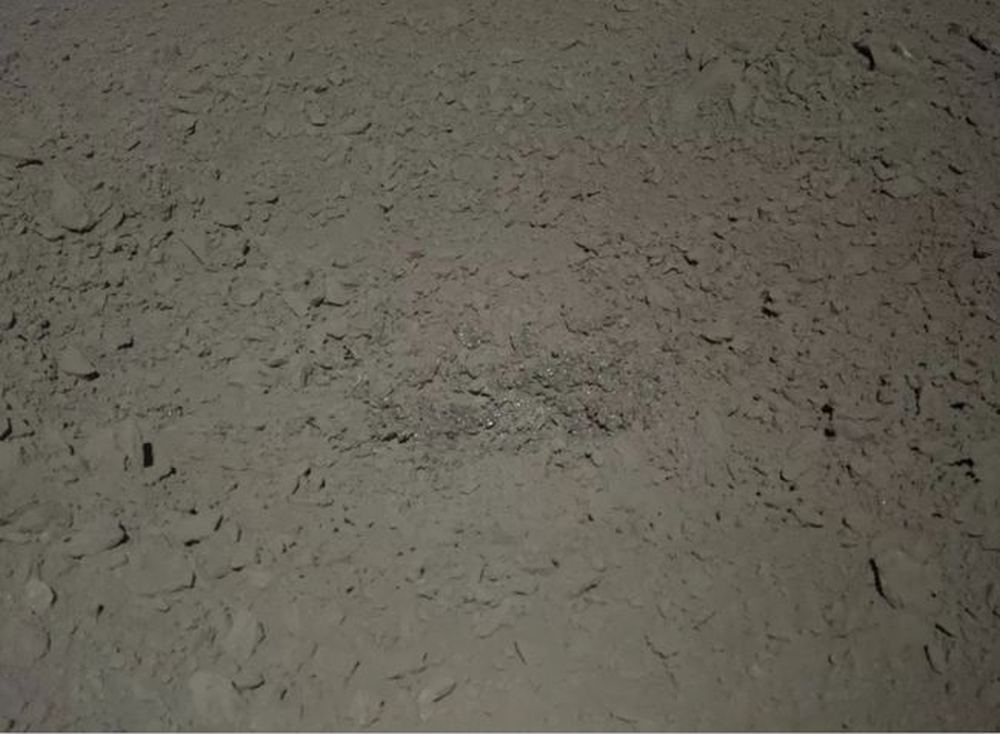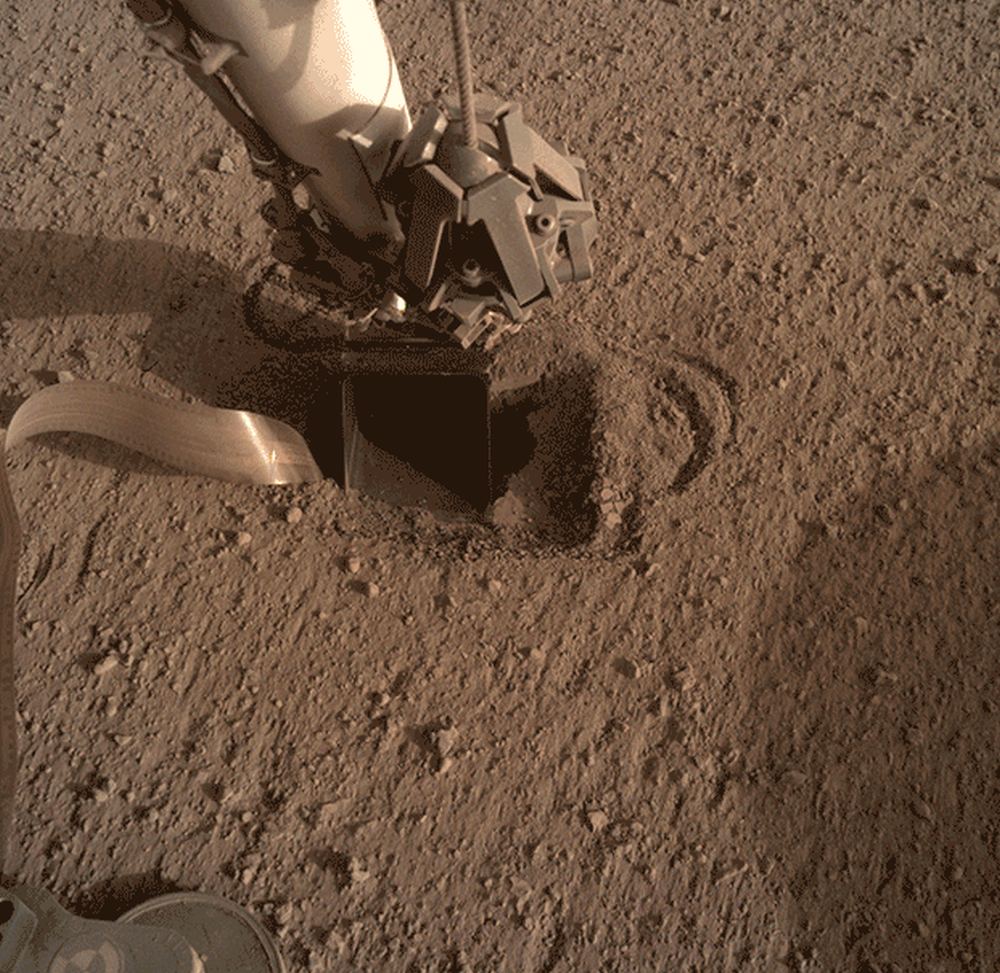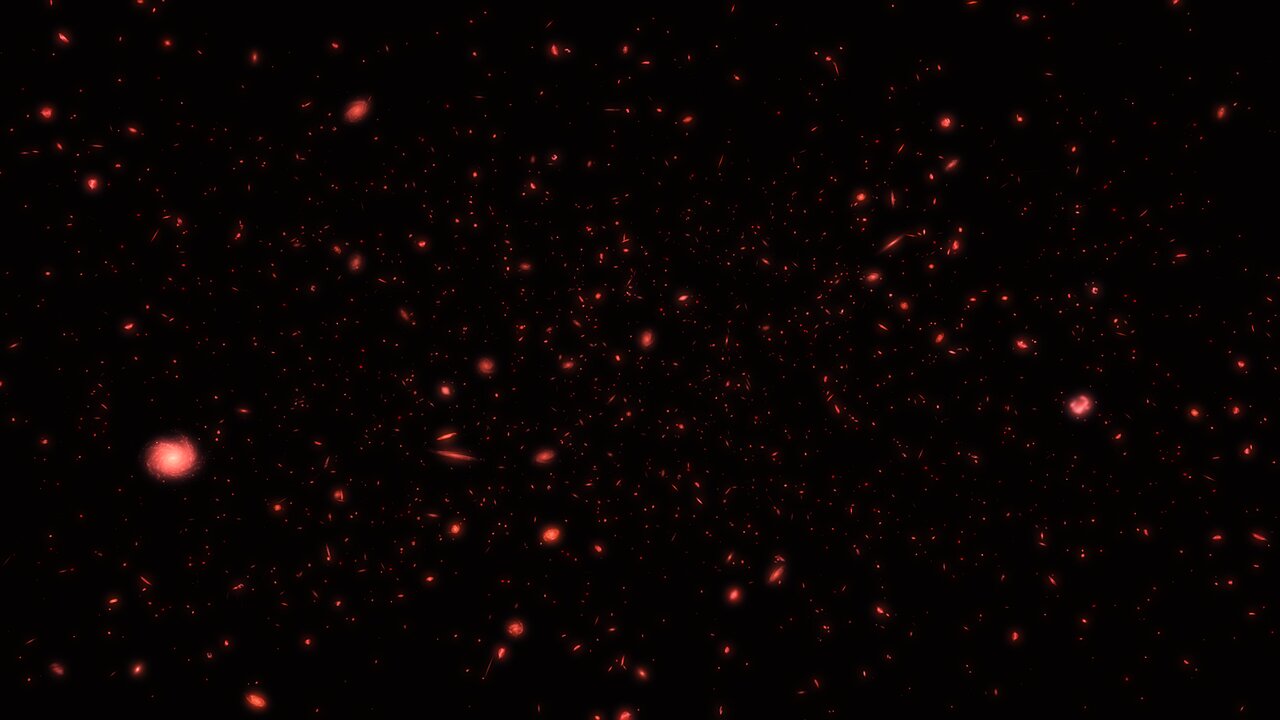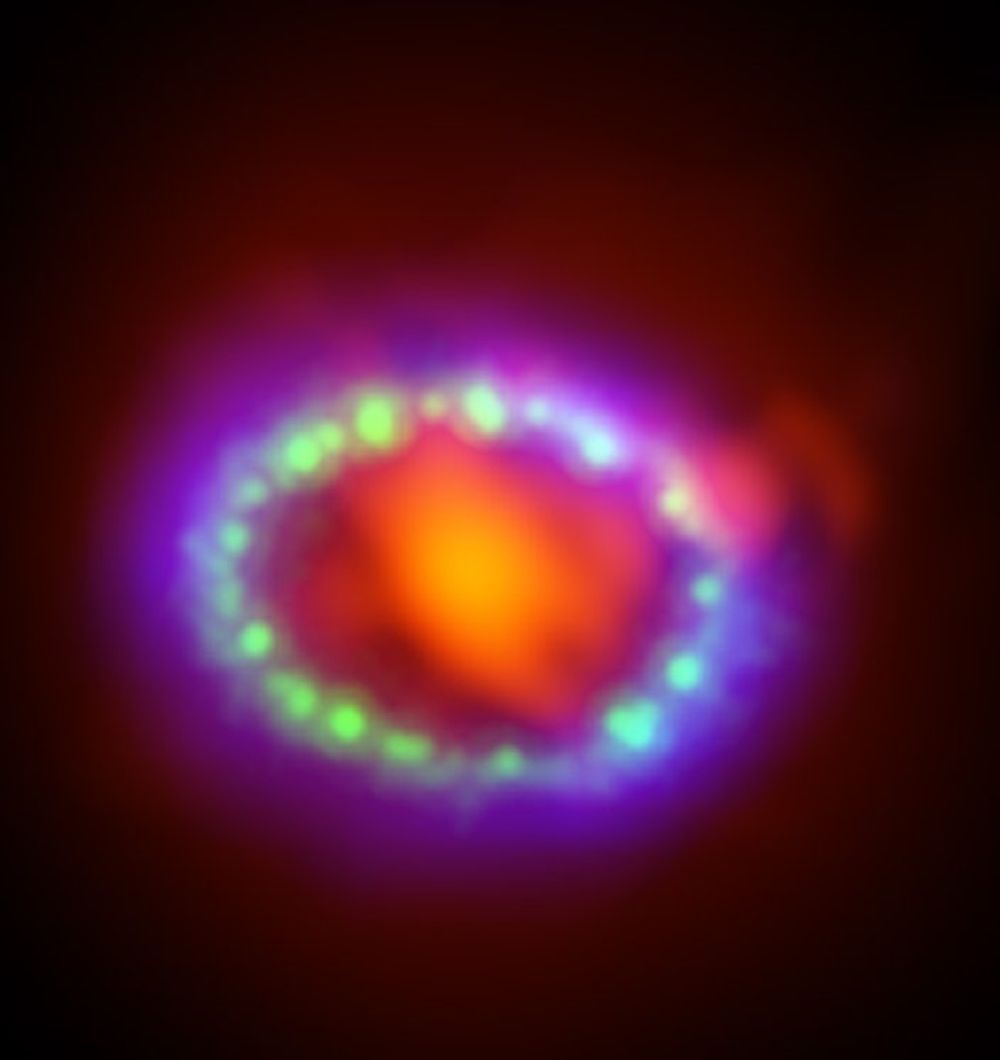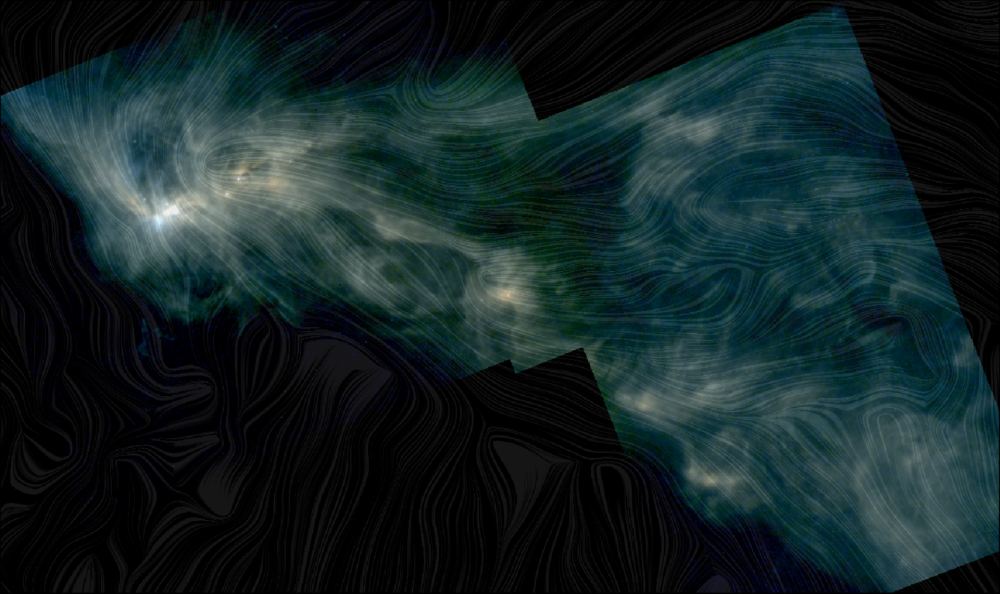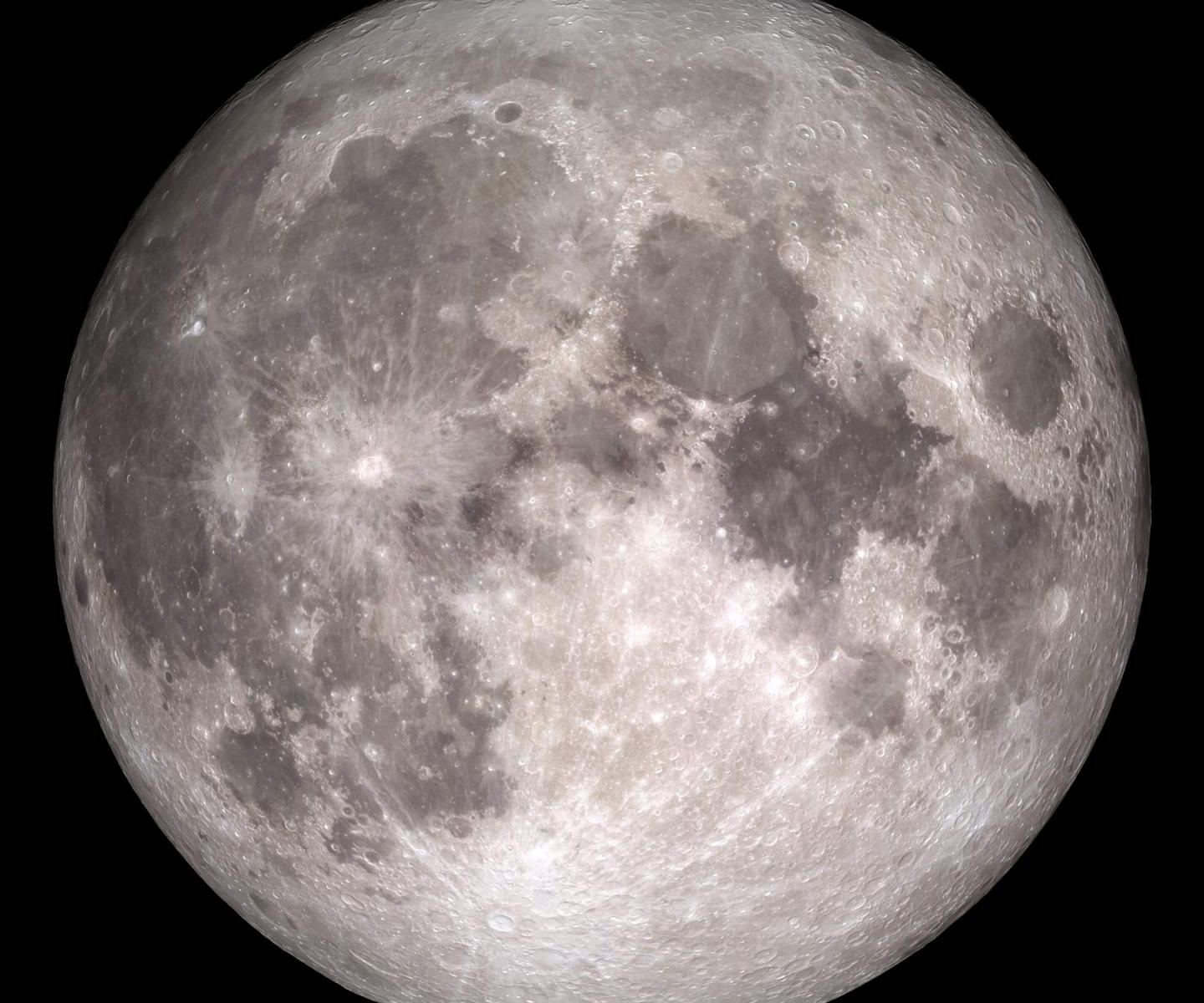When magma comes out of the Earth onto the surface, it flows as lava. Those lava flows are fascinating to watch, and they leave behind some unique landforms and rocks. But a lot of what’s fascinating about these flows can be hidden underground, as lava tubes.
These lava tubes are turning out to be a very desirable target for exploration on other worlds, just as they are here on Earth.
Continue reading “Why Lava Tubes Should be Our Top Exploration Priority on Other Worlds”

